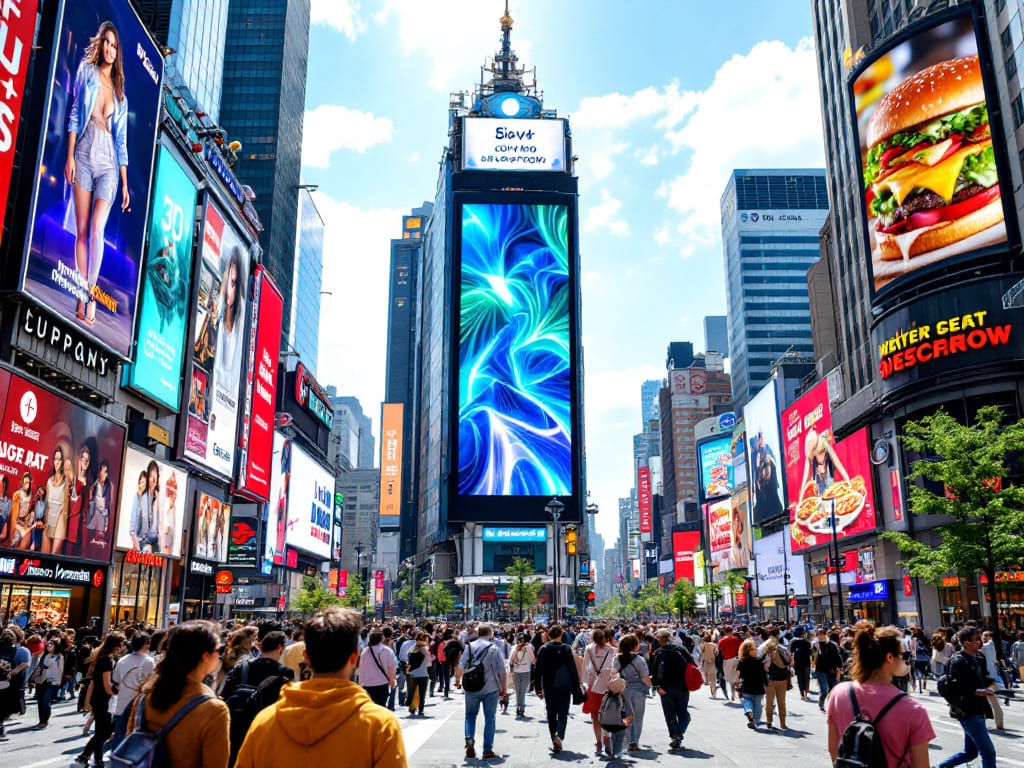· Rudraveer · 3 min read
7 Tips for Getting a Permit for Your Digital Signage

Introduction
Setting up digital signage requires more than just selecting the right display—it also involves securing the necessary permits. Without proper approvals, your project could face delays, fines, or even removal. Whether you’re installing signage for a bank, hotel, hospital, school, or retail store, understanding the permitting process is crucial.
To make the process easier, here are seven essential tips to help you secure the required permits hassle-free. Flickerwall is here to assist with both hardware and software setup, ensuring a smooth experience.
1. Understand the Required Permits
Different locations have different permit requirements. Typically, digital signage requires:
- Zoning permits to ensure compliance with local land use regulations.
- Building permits for structural safety approval.
- Electrical permits for proper power installation.
Some municipalities may also require special approvals, such as a Certificate of Appropriateness for historic districts. Check with your local authorities before starting your project.
2. Design Your Digital Signage According to Regulations
Before designing your digital sign, research zoning laws and municipal regulations. These may include:
✔️ Size limits for the display.
✔️ Placement rules regarding how close signs can be to roads or buildings.
✔️ Brightness restrictions to avoid excessive light pollution.
At Flickerwall, our experts ensure your digital signage meets local guidelines while delivering the best visual impact.
3. Follow Safety Standards and Certifications
Some municipalities require contractors to have specific licenses such as:
- Sign erector license for structural setup.
- Electrical license for power connections.
- Crane certifications for large installations.
- On-site safety training for workers handling the installation.
Ensuring your installer meets these requirements will help avoid delays and compliance issues.
4. Be Aware of Content Regulations
Many cities regulate digital signage content based on:
⚠️ Brightness levels and color usage.
⚠️ Animation speed and frequency of content changes.
⚠️ Advertising rules, particularly in residential or historic areas.
Some property owners may also have their own content restrictions. Understanding these rules upfront helps prevent compliance issues and fines.
5. Consider the Digital Sign’s Structure
Beyond the display itself, mounting structures and lighting must comply with local rules. Some municipalities prohibit:
- Flashing lights or high-frequency animations.
- Rotating or moving parts that could distract drivers.
Ensuring that your digital sign follows these guidelines is crucial to gaining permit approval.
6. Plan for On-Site Installation Challenges
Power access and dedicated electrical circuits are common installation challenges. Ensure the property has the right infrastructure before installation to prevent delays.
At Flickerwall, our team assists with:
✔️ Planning hardware and software setup.
✔️ Ensuring power access and network connectivity.
✔️ Optimizing placement for visibility and compliance.
.jpg)
7. Follow a Step-by-Step Approval Process
✔️ Check local regulations to understand signage allowances.
✔️ Ensure compliance with permit requirements and safety standards.
✔️ Work with an expert signage provider like Flickerwall, which offers full support from permit assistance to software integration.
Conclusion
By following these tips, you can secure the necessary permits and set up digital signage efficiently. At Flickerwall, we provide expert support to ensure your digital signage meets regulations while delivering high-quality content to engage your audience.
📩 Contact us today to get started!

